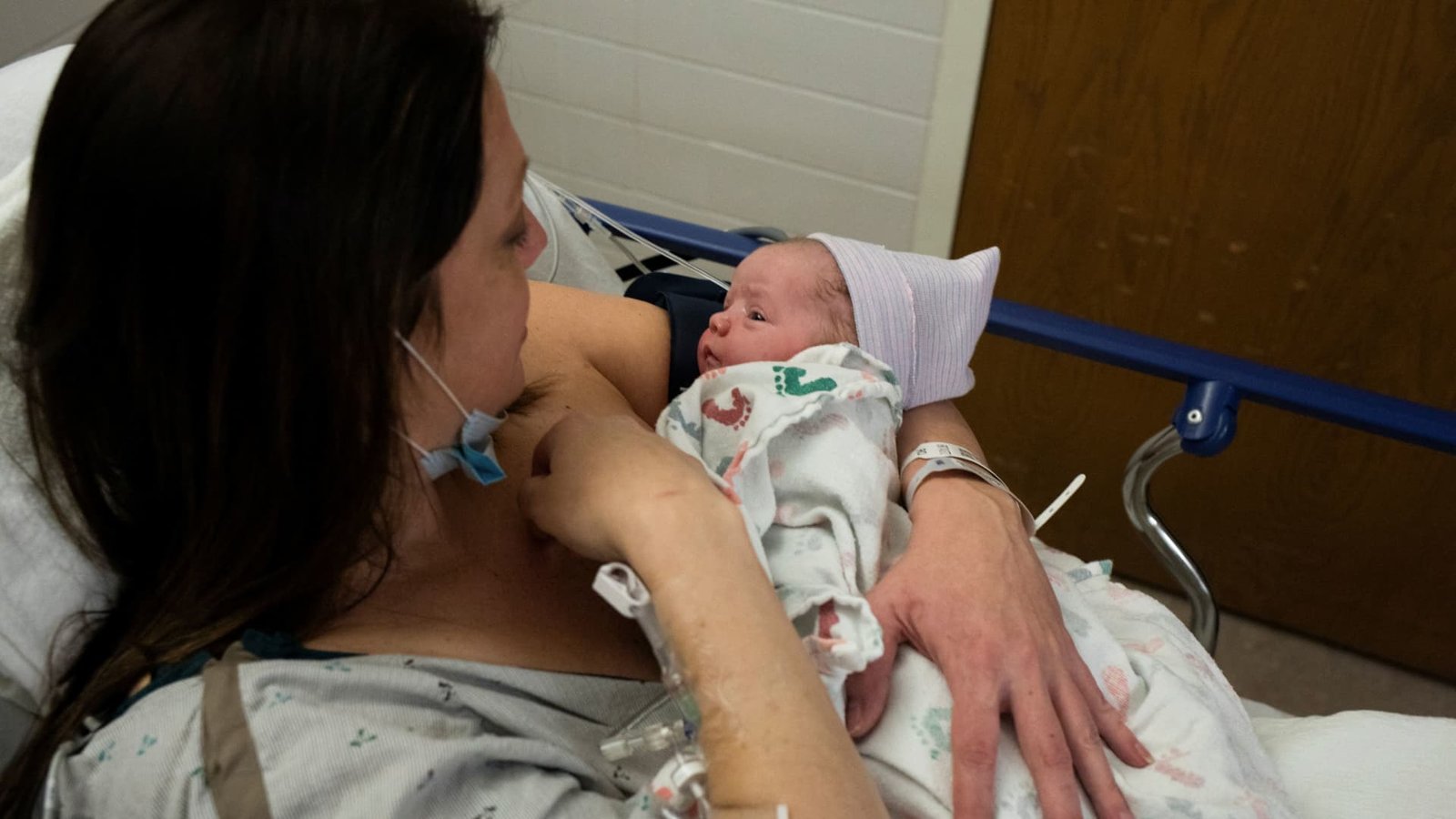America’s fertility rate is hovering around historic lows, with approximately 1.6 births per woman over her lifetime. This is below the level needed to sustain the population, which is 2.1 births per woman.
“Our population will, in the not too distant future, start to decline,” said Melissa Kearney, a professor of economics at the University of Maryland. “That’s why this is an issue for governments and for the economy, and politicians are starting to pay attention.”
The economic implications of a shrinking population are broad. For example, fewer births mean fewer future workers to support programs like Social Security and Medicare, which rely on a healthy worker-to-retiree ratio.
“The concern here in the U.S. is that if we see kind of dramatic declines in fertility, we will eventually see also kind of a drag on our economy and our capacity to cover all sorts of government programs like Medicare and Social Security,” said Brad Wilcox, a sociology professor at the University of Virginia and director of the Get Married Initiative at the Institute For Family Studies.
More from Personal Finance:
House GOP bill calls for bigger ‘pass-through’ business tax break
Trump administration axes Biden-era barrier for crypto in 401(k) plans
Fewer international tourists may lead to ‘staggering’ economic losses
Lawmakers from both parties have proposed various financial incentives to address declining fertility.
The White House is considering lump-sum payments of $5,000 for each newborn, according to The New York Times. Last week, the House passed a massive tax and spending package that includes among other provisions, a bigger child tax credit and new “Trump Accounts” with $1,000 in seed money for newborns.
However, Kearney said such policy measures are unlikely to meaningfully affect long-term fertility trends.
“I think the kinds of financial incentives or benefits that we’re providing just really aren’t enough to really change the calculus of, a trade off of … bringing a child into one’s household or family,” Kearney said. “That’s an 18-year commitment. It’s not just a one-year cost.”



